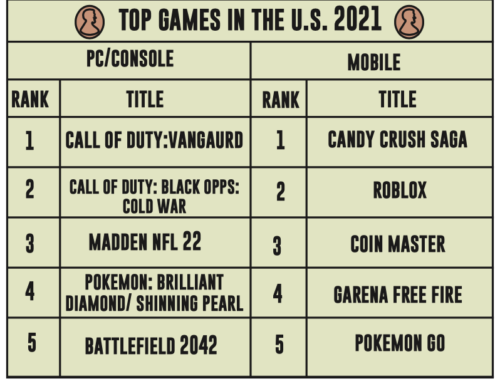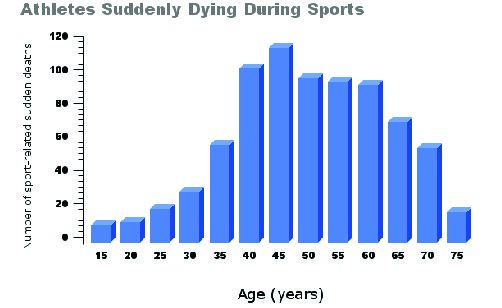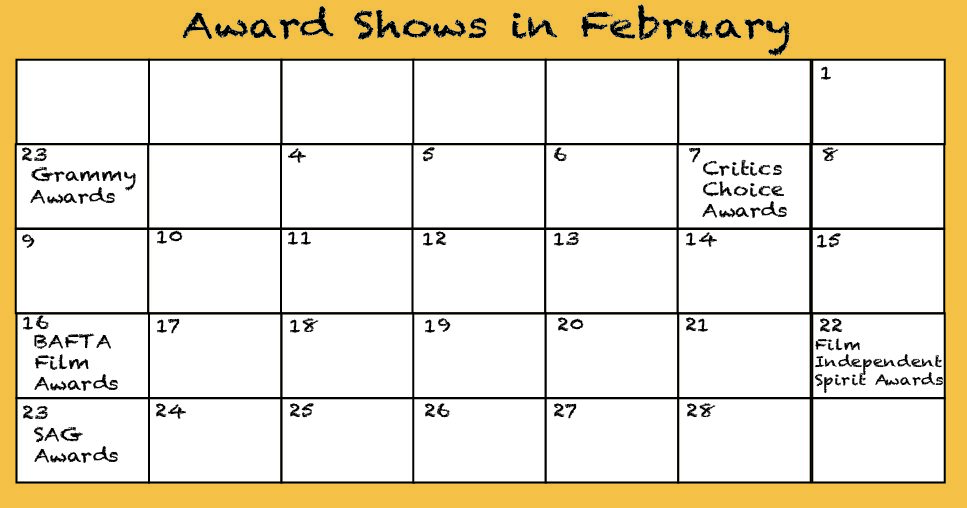
design: Lily Wood
In recent years, the COVID-19 lockdown opened many possibilities for gamers. Within those months, much time was spent isolated at home. Due to a lack of in-person interaction people turned to video games for something to do and as a way to connect with friends. This started the domino effect that we still see today in how much time is invested into video games and even how much is spent.
According to data on consumer spending, about $60.4 billion (including content from all categories) was spent on video games in 2021. One of the top-grossing mobile video games is Roblox, which ranked second in 2021 (prnewswire.com)
Roblox is a popular game among kids that can encourage them to spend money on the video game currency “Robux”. Such tactics are used to make people feel like they are “left out” if they aren’t spending money on the game. Without buying the currency users can’t participate in certain games, get certain avatar accessories, or gain a heavy advantage in certain “mini-games” on the app.
Apps such as Roblox are free to download but often under the information on the app-store will state “in-app purchases”. The idea behind it is that first people will download the games for free and then be willed into spending money in the game- whether from “fear of missing out” or wanting to advance quicker in a game.
The target audience is often kids because they are known to be impatient and are immature enough to think they are missing out if they aren’t spending money. A survey concluded that 52% of the 10-12 year age group spends money on video games and a close second of 51% of 13-27 year age group spends on video games (newzoo.com).
In terms of economics, not only spending money in video games causes users to lose money, the time spent on them does, too. This time could be spent doing more productive things but oftentimes video games are made to be addictive, roping users into playing them.
If a person spends money on a video game, it is likely that they already play it a significant amount of time; it has become a monetary investment. Spending this money doesn’t produce anything tangible and is a poor investment.
Although an argument is that video games offer interactive entertainment, as stated, they don’t offer anything physically tangible for purchases made. We are not disagreeing that video games might offer entertainment, but spending money on “video game currency” or other in-app purchases seems pointless.
The past has shown that video games quickly become popular for an allotted time and then after a short while fade out of popularity quickly, for example: Minecraft, Roblox, Fortnite, Call of Duty: Modern Warfare, and Fall Guys.
Now we are not saying that these games can not be played still but they’ve all experienced a peak in popularity and have since fallen off, as all fads do. So spending money on a video game that not only doesn’t produce a tangible reward and will also fade off after a short while doesn’t appear to us as a good investment.
We as a staff have concluded that spending money on video game currency is a waste. There are so many more real-life opportunities that offer more than what you can buy within games.


